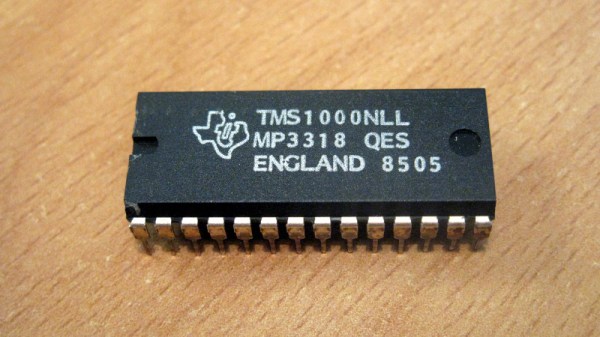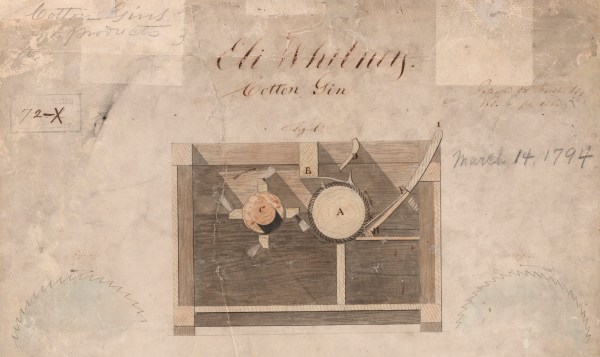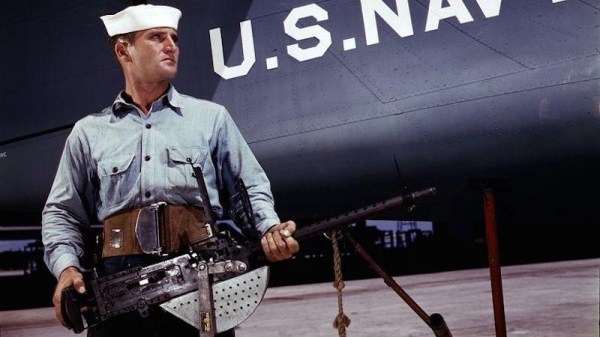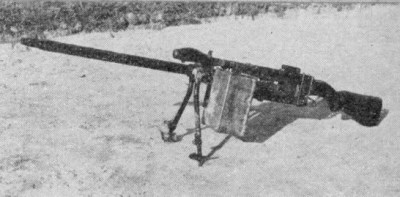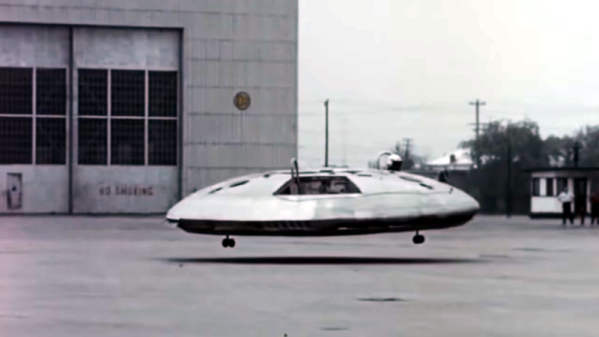There have been a few moments in the past few years, when a conspiracy theory is suddenly demonstrated to be based in fact. Once upon a time, it was an absurd suggestion that the NSA had data taps in AT&T buildings across the country. Just like Snowden’s revelations confirmed those conspiracy theories, a news in February confirmed some theories about Crypto AG, a Swiss cryptography vendor.
The whole story reads like a cold-war era spy thriller, and like many of those novels, it all starts with World War II. As a result of a family investment, Boris Hagelin found himself at the helm of Aktiebolaget Cryptograph, later renamed to Crypto AG (1952), a Swedish company that built and sold cipher machines that competed with the famous Enigma machine. At the start of the war, Hagelin decided that Sweden was not the place to be, and moved to the United States. This was a fortuitous move, as it allowed Hagelin to market his company’s C-38 cipher machine to the US military. That device was designated the M-209 by the army, and became the standard in-the-field encryption machine.


